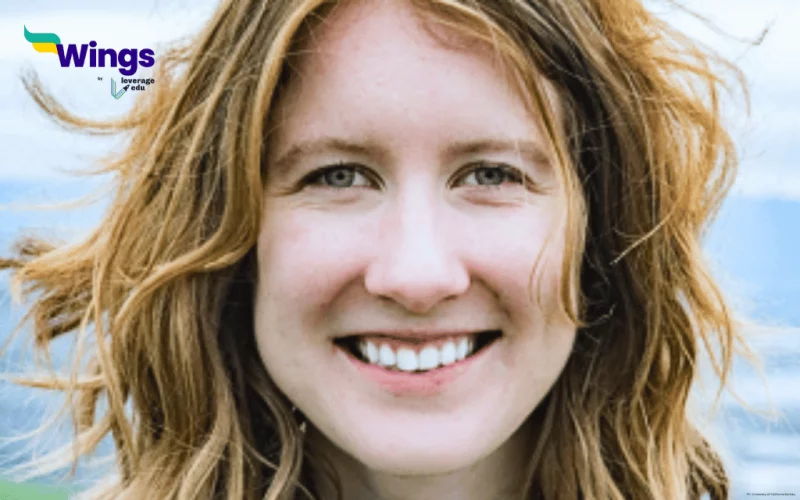Groundbreaking research, revolutionary inventions and studies that can bring huge transformations in the world are rare. But dreaming to achieve them as a researcher is not so uncommon.
So, if most research students set their feet in the field to achieve something like this, what holds them back? Actually, there is nothing holding them back, it is missing out on one inspiring moment to give you a kickstart.
If you are also dubious about your career as a researcher, let’s learn from Kristina Monakhova. A postdoctoral fellow in MIT’s Department of Electrical Engineering and Computer Science at MIT Boeing.
Kristina Monakhova And Her Eureka Moment
It is an amazing story like that of Archimedes himself. Likewise, it deserves to go down in history and inspire students towards their passion for research. Kristina Monakhova was a graduate student when she was attending a lecture in her classroom.
The lecture was regarding computational microscopy with the help of exceedingly high image resolution. The University of California, Berkley professor Laura Waller was delivering this lecture at which Kristina confessed she was mindblown.
An idea sprouted in her, leading to the creation of cameras and microscopes that produce images with high information density. These images can be used by algorithms which led to her research objective to incorporate deep learning within physics.
Professor Laura Waller works at the University of California at Berkeley’s Computational Imaging Lab and must have mentioned that information numerous times. But it took an open-minded creativity, innovation and conviction to put it to use.
Kristina Monakhova – Research
What’s novel about her approach is the understanding that it is not mostly humans looking at the images from cameras. With regular use of cameras in Laptops, security cameras, and microscopic ingestible cameras, it is the algorithms that at first process those images.
Therefore it was high time to design cameras that could produce information-dense images to be read by an algorithm. The use of a hyperspectral camera to detect skin cancer is one such example. Monakhova has designed computational cameras for such purposes that are cheaper than those in the market today.
There is a lot to know about this iconic lady and countless such figures in the laboratories of top research universities and colleges. If you want to read more about such people and other updates on studying abroad, make sure you follow Leverage Edu News Updates.
 One app for all your study abroad needs
One app for all your study abroad needs















 45,000+ students realised their study abroad dream with us. Take the first step today.
45,000+ students realised their study abroad dream with us. Take the first step today.